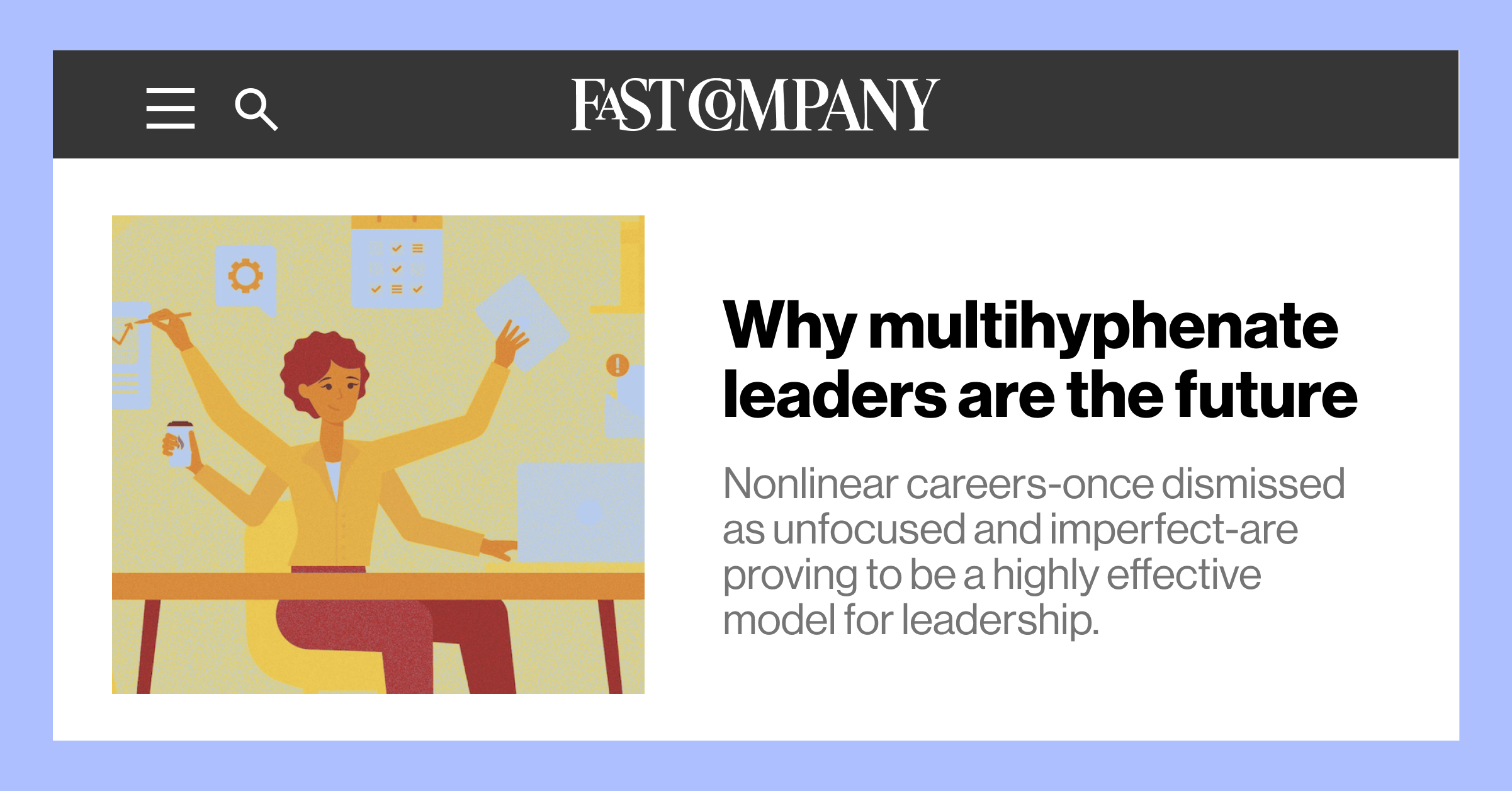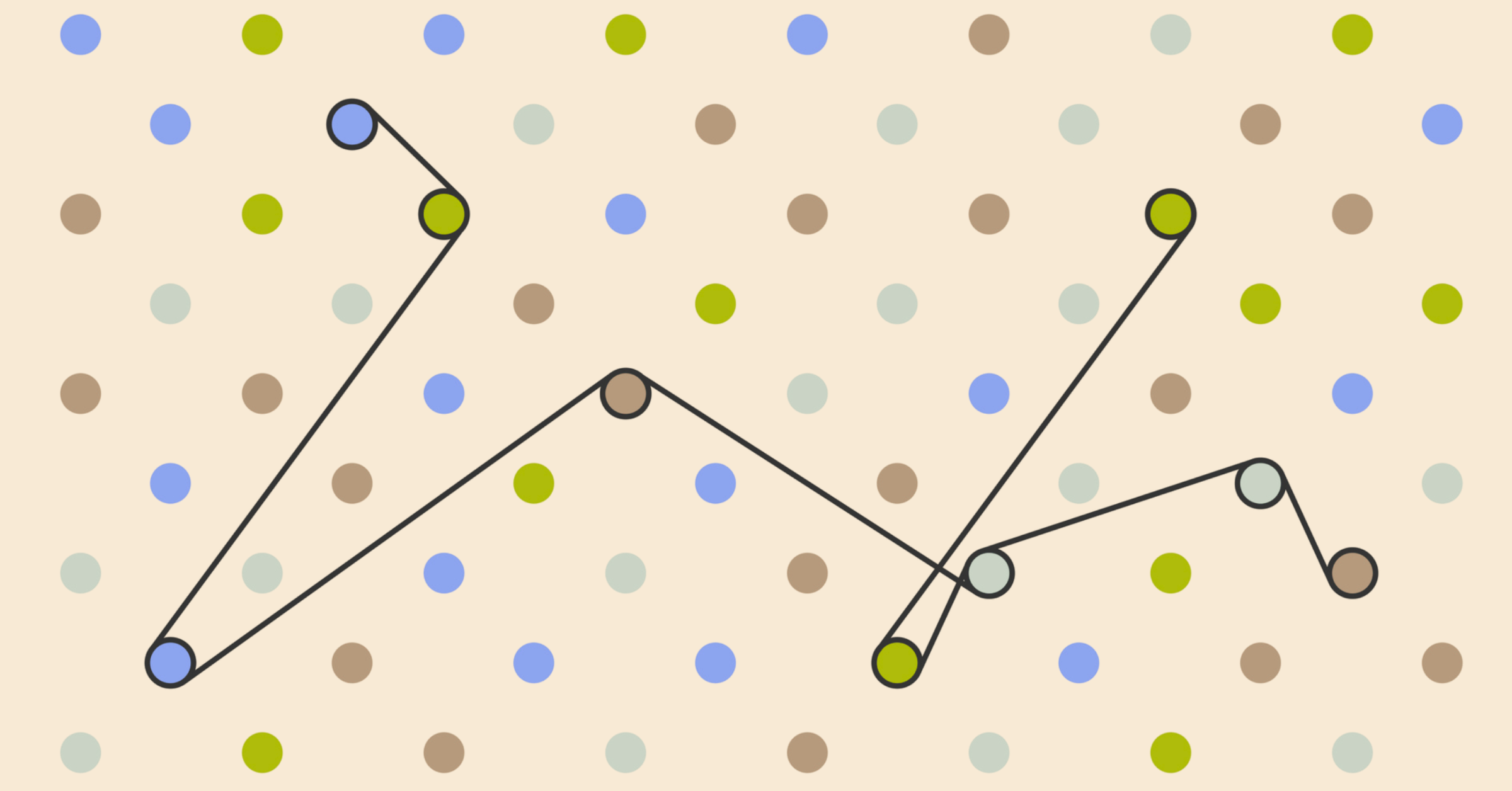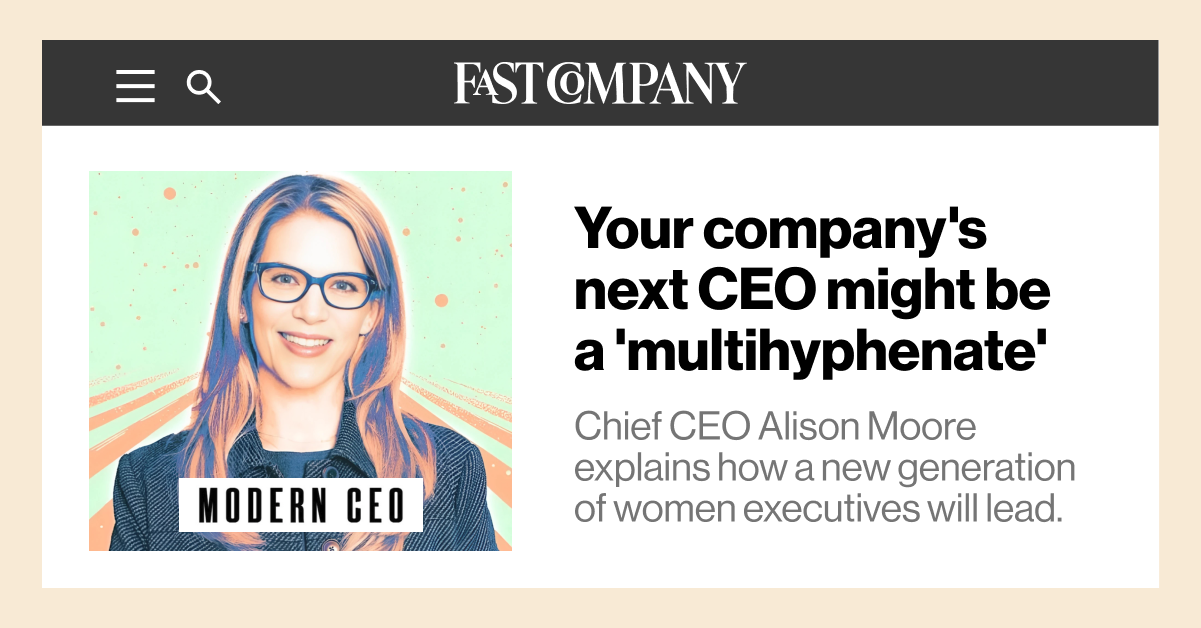Have you felt a bit dated lately after glancing around your meetings or Zoom calls? It’s not the video filters or unfamiliar slang; it’s your colleagues. Gen Z employees are poised to surpass Boomers in the workplace this year.
It’s no secret that office culture is under major renovation due to the convergence of five generations in the workforce for the first time in history. Even as digitally-native members of Gen Z become a bigger slice of the labor force, more and more analog-era Baby Boomers and members of the Silent Generation are postponing retirement compared to their predecessors.
Each generation shares historical and cultural experiences that shape their perspectives, attitudes, values, and behaviors. This translates to perceptible generational differences in work styles, expectations for advancement, communication, implicit leadership prototypes, and more.
Shaped by the Great Depression and WWII, members of the Silent Generation are very resilient, with a strong work ethic and belief in self-sacrifice. Like their successors, the Baby Boomers, they prefer a more structured, hierarchical workforce management system. Meanwhile, a post-Watergate political environment shaped Gen X, and this “latchkey generation” values independence and resourcefulness. As leaders, they are direct communicators, but their tendency not to mince words can cause conflict with younger coworkers. Millennials in the workplace crave having a seat at the table and an engaged boss, and they are disappointed without positive feedback and opportunities for upward momentum. Since they came of age post-Great Recession, when jobs were scarce, they’re often mystified by their younger Gen Z colleagues, who aren’t afraid to advocate for work-life boundaries. Molded by a world wrestling with pandemics, terrorism, mass shootings, and climate change, Gen Z prizes stability, meaningful work, social advocacy, and protecting their mental health.
Managing this new multigenerational workforce requires leaders to develop a nuanced approach to harness the strengths of differing age groups. That can be a challenge since we tend to understand and prefer working with our own cohort, says Kira Copperman, executive coach and author of Gen-Speak: Communication Strategies for the New Generational Mix at Work. “This is a situation where people are naturally attracted to like-minded others. Humans are attracted to sameness, and there are specific areas where generations act and think similarly that align with each other as they figure out the workplace.”
Bridging the Generational Divide
“We need to start having smarter intergenerational conversations,” says Dr. Megan Gerhardt, author of Gentelligence: The Revolutionary Approach to Leading an Intergenerational Workforce. “It’s all about stepping away from lazy generational stereotypes and exploring opportunities in our multigenerational workplaces. Sitting right before us are five talented generations with diverse perspectives, experiences, and different kinds of valuable expertise, but rather than leveraging that tremendous human potential, we squander it.”
Gerhardt explains that this generates decreased engagement, increased turnover across all ages and career stages, and a need for knowledge transfer in both directions. To bridge these gaps, leaders must change how they frame this topic and be proactive in creating cultures that foster more robust intergenerational learning and collaboration.
Leaders should engage with curiosity rather than judgment. Gerhardt says this is how cultures of mutual respect are built when people want to learn from each other across ages and career stages. For example, rather than concluding that your Gen Z employees are lazy or uncommitted because they are showing different attitudes or behaviors about coming into the office, show genuine interest in their work experience and what value they see in an office environment.
Gerhart likes to give leaders power questions like, "Can you help me understand why you are hesitant to work more days in the office?" Leading with curiosity can lead to rich, meaningful conversations and allow a leader to share different perspectives once the employee has been given a chance to be heard. Gerhardt is a particular fan of the power question, "How would you approach this challenge?” She explains that it works whether you are addressing an older or younger team member, invites input, and almost always results in an excellent idea exchange.
Preparing for the Future
“The inevitable exit of Boomers presents an opportune and overdue opening for aspiring, diverse leaders to have influence,” says Dr. Becky Reichard, a practice-based researcher and expert on leader development. “The solutions to the world’s grand challenges are all around us. Instead of ignoring the voices of half of our human capital - women, BIPOC, LGBTQ+, and others from non-dominant social groups, we should listen to and follow the aspiring, diverse leaders who are clamoring in the wings, ready and capable of stepping up and leading,” explains Dr. Reichard.
This is a significant moment for executives to step up and usher in a new generation of culturally diverse leaders to tackle globally relevant issues like climate change, AI, economic instability, and racism.
Copperman suggests that leaders meet each new generation where they are instead of where they think they “should” be regarding how they approach work. “Leaders should refrain from managing people how they would want to be managed,” she says. “Instead, they should adjust their management style, especially with different generations, to how people on their team want to be managed.”
Using a generational lens, Copperman says, can be a very effective way to increase engagement. Take a look at whether the way you hire, create your teams, promote your people, and make decisions is leveraging the complementary strengths of your age-diverse workforce or wasting them. “The future of work is full of complex challenges,” says Copperman. “And they won't be solved by one generation of leaders or decision-makers. We need the ideas and perspectives of every generation for what's ahead.”



